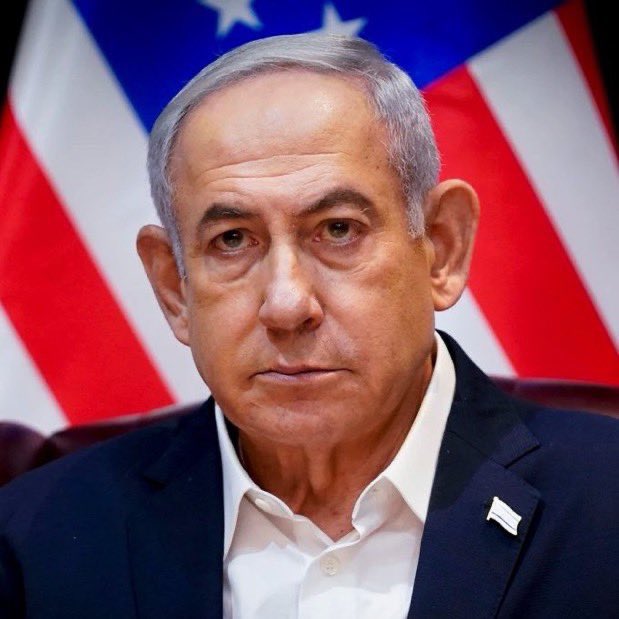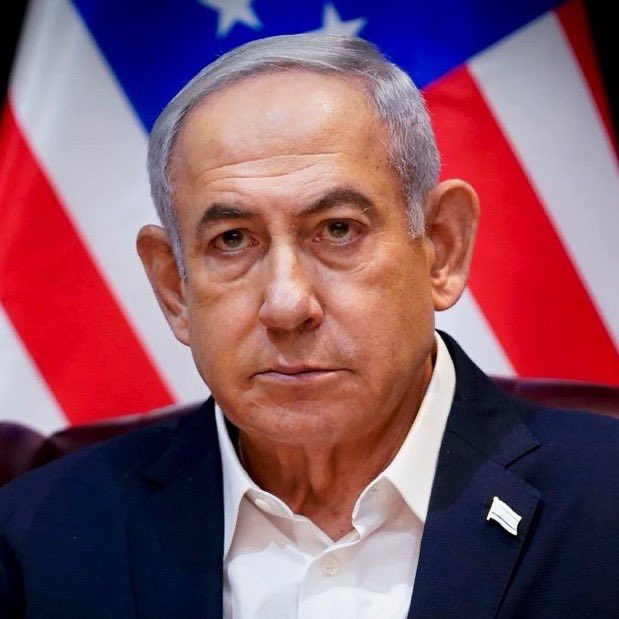
USS Nimitz Deployed to Middle East: Last Mission Sparks Military Controversy!
USS Nimitz deployment, aircraft carrier retirement plans, Middle East military presence
USS Nimitz Deployed to the Middle East: A Significant Military Move
In a surprising turn of events, the USS Nimitz, a venerable aircraft carrier that has served the United States Navy for nearly five decades, has been deployed to the Middle East. This breaking news was shared by prominent political commentator Jackson Hinkle on June 15, 2025, raising questions about the strategic implications of this deployment, especially as the carrier is set to be retired next year.
A Brief Overview of the USS Nimitz
The USS Nimitz (CVN-68) is one of the largest warships in the world, named after Fleet Admiral Chester W. Nimitz, a key figure in the Pacific Theater during World War II. Commissioned in 1975, the Nimitz has been a cornerstone of U.S. naval power, playing a crucial role in various military operations and humanitarian missions across the globe. Its capabilities include launching and recovering aircraft, conducting airstrikes, and serving as a mobile command center.
With a displacement of over 100,000 tons and a length of 1,092 feet, the Nimitz-class carriers are designed to project power and maintain air superiority. Equipped with advanced technology and a robust air wing, the USS Nimitz has been instrumental in numerous conflicts over the years, including the Gulf War, Operation Enduring Freedom, and Operation Inherent Resolve.
The Context of the Deployment
The recent deployment of the USS Nimitz to the Middle East comes amid rising tensions in the region. The Middle East has been a focal point of geopolitical conflicts, with various nations facing threats from extremist groups and ongoing military engagements. The presence of an aircraft carrier like the Nimitz serves as a deterrent and a show of force, emphasizing the U.S. commitment to maintaining stability and supporting its allies in the region.
As the Nimitz prepares for its deployment, analysts are examining the potential motivations behind this strategic decision. The timing of the deployment suggests a proactive approach by the U.S. military to address emerging threats or bolster defenses in response to specific incidents.
Implications for U.S. Military Strategy
The deployment of the USS Nimitz could signal a shift in U.S. military strategy in the Middle East. With the carrier set to be retired in the near future, this move may represent one of the last opportunities for the Nimitz to play a significant role in regional security. The U.S. Navy typically deploys carriers for a range of missions, including air defense, strike operations, and maritime security.
Furthermore, the deployment underscores the importance of naval power in modern warfare. The ability to project air power from the sea allows the U.S. to respond rapidly to crises without the need for ground bases, which may be politically sensitive or logistically challenging.
The Role of Aircraft Carriers in Modern Warfare
Aircraft carriers have long been regarded as "floating cities" due to their immense size and capabilities. They serve as a vital component of the U.S. military’s power projection strategy. The Nimitz, with its air wing of fighter jets, surveillance aircraft, and helicopters, is capable of conducting a wide array of missions, from air strikes to humanitarian assistance.
As military technology continues to evolve, the role of aircraft carriers is being re-evaluated. While some experts argue that advancements in missile technology and unmanned aerial vehicles (UAVs) could diminish the relevance of traditional carriers, others maintain that their versatility and ability to provide immediate air support remain invaluable.
What This Means for U.S. Allies in the Region
The deployment of the USS Nimitz also carries implications for U.S. allies in the Middle East. Countries such as Israel, Saudi Arabia, and others that rely on U.S. military support may view the presence of the Nimitz as a reassurance of American commitment to their security.
The presence of the Nimitz could enhance joint military exercises and interoperability with allied forces, fostering stronger relationships and collaborative defense strategies. Additionally, it may serve as a deterrent to adversaries in the region, signaling that the U.S. is prepared to respond to any threats against its interests or those of its allies.
Conclusion
The deployment of the USS Nimitz to the Middle East marks a significant moment in U.S. military history, especially as the carrier approaches its retirement. This move not only reflects the ongoing strategic importance of the Middle East in global geopolitics but also highlights the enduring role of naval power in contemporary warfare.
As the world watches this development, the implications for regional stability, U.S. military strategy, and international relations will continue to unfold. The USS Nimitz, with its storied legacy, is poised to leave a lasting mark as it fulfills its final missions in a region that remains critical to global security.
For those interested in military history, naval strategy, or current events, the deployment of the USS Nimitz is a topic worth following closely as it could have far-reaching consequences in the months to come.

BREAKING: The USS Nimitz has been DEPLOYED to the MIDDLE EAST.
The aircraft carrier is 50 years old and set to be RETIRED next year. pic.twitter.com/Wdx6zSYlM1
— Jackson Hinkle (@jacksonhinklle) June 15, 2025
USS Nimitz Deployment to the Middle East: What You Need to Know
Hey there! If you’ve been following the news lately, you might have heard some buzz about the USS Nimitz being deployed to the Middle East. That’s right! This aircraft carrier, which has served the U.S. Navy for a whopping 50 years, is making headlines as it gears up for what could be one of its final missions before retirement next year. So, let’s dive into what this means, why it’s significant, and the broader context surrounding this deployment.
USS Nimitz: A Brief Overview
The USS Nimitz (CVN-68) is more than just a ship; it’s a floating symbol of military might and technological advancement. Commissioned in 1975, this Nimitz-class aircraft carrier has played a crucial role in numerous operations across the globe. From participating in the Gulf War to providing humanitarian aid, the Nimitz has seen it all.
As one of the largest warships in the world, the Nimitz can carry about 60 aircraft, including fighter jets, surveillance planes, and helicopters. This versatility makes it a critical asset in maintaining naval dominance and responding to global crises. With its deployment to the Middle East, many are wondering what the implications are for U.S. military strategy and international relations.
Why Is the USS Nimitz Being Deployed Now?
The timing of the USS Nimitz’s deployment raises several questions. The Middle East has long been a hotspot for geopolitical tensions, and the U.S. has maintained a military presence in the region to safeguard its interests and support allies. The recent decisions to send the Nimitz can be attributed to several factors:
- Rising Tensions: There’s been an uptick in regional conflicts and threats, particularly from nations like Iran. The U.S. aims to demonstrate its commitment to regional stability.
- Support for Allies: Deploying the Nimitz to the Middle East reassures allies, like Israel and Saudi Arabia, that the U.S. stands with them amidst ongoing tensions.
- Strategic Posturing: The U.S. military often uses carrier deployments as a way to project power and influence in a volatile region.
What Could This Deployment Mean for the Middle East?
The deployment of the USS Nimitz to the Middle East is not just a routine mission; it could have significant implications for regional dynamics. Here are a few things to consider:
- Military Readiness: The presence of a powerful aircraft carrier enhances military readiness in the region. It acts as a deterrent against potential adversaries and provides a quick response capability if tensions escalate.
- Potential for Conflict: While the U.S. aims to maintain peace, the show of force could be interpreted differently by other nations in the region. This could lead to increased hostilities, particularly with nations like Iran, which may view the deployment as a direct threat.
- Impact on Diplomacy: The Nimitz’s presence could affect ongoing diplomatic efforts in the region. It may complicate negotiations with countries that feel threatened by U.S. military might.
The Legacy of the USS Nimitz
As the Nimitz prepares for its deployment, it’s also essential to reflect on its legacy. Over the decades, this carrier has been involved in numerous historical missions. From conducting air strikes during Operation Desert Storm to playing a vital role in the War on Terror, the USS Nimitz has seen its share of action.
But it’s not just about military operations; the Nimitz has also participated in humanitarian missions, showcasing the U.S. Navy’s ability to respond to natural disasters and provide aid to those in need. This dual role of power projection and humanitarian assistance is a hallmark of the Nimitz’s legacy.
What’s Next for the USS Nimitz?
As the USS Nimitz approaches its retirement, questions about its replacement and the future of U.S. naval power loom large. The U.S. Navy is already in the process of transitioning to newer aircraft carriers, like the Gerald R. Ford-class, which feature advanced technology and capabilities.
However, the Nimitz’s retirement will mark the end of an era. Sailors who have served aboard her often share stories of camaraderie, discipline, and unforgettable experiences. The Nimitz has become a home away from home for many, making its impending retirement bittersweet.
Public Reaction and Media Coverage
The news of the USS Nimitz’s deployment has sparked various reactions across social media and news platforms. Supporters of military action often view this as a necessary step to ensure national security. Others express concern about the potential for conflict escalation in an already volatile region.
It’s fascinating to see people engage in discussions about military strategy, international relations, and the historical context of such deployments. Social media platforms like Twitter have become hotbeds for these conversations, as individuals share their thoughts and analyses on the implications of the Nimitz’s deployment.
How Can You Stay Informed?
To keep up with the latest developments regarding the USS Nimitz and other military news, consider following reputable news sources such as Reuters, BBC News, or The New York Times. Social media accounts of military analysts and historians can also provide valuable insights.
Additionally, engaging in discussions and sharing information with friends and family can broaden your understanding of these complex issues. The more people talk about it, the more awareness we create about the implications of military actions abroad.
Conclusion: The Importance of Understanding Military Deployments
The deployment of the USS Nimitz to the Middle East is a significant event that highlights the complexities of military strategy and international relations. As this iconic aircraft carrier prepares for what may be its final mission, it’s essential to consider the broader implications for regional stability, U.S. foreign policy, and the legacy of the Nimitz itself.
Staying informed and engaging in discussions about these topics is crucial as we navigate the ever-evolving landscape of global politics. Whether you’re a military enthusiast, a concerned citizen, or just someone curious about current events, understanding the significance of military deployments like that of the USS Nimitz is vital.
So, what do you think about the USS Nimitz’s deployment? Are you concerned about the implications for the Middle East? Let’s keep the conversation going!
BREAKING: The USS Nimitz has been DEPLOYED to the MIDDLE EAST. The aircraft carrier is 50 years old and set to be RETIRED next year.